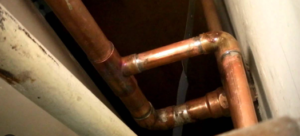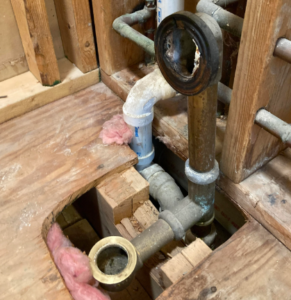Plumbing can seem complicated at first, but it becomes easier once you know the different equipment and tools available, as well as how to use them. That includes pipe fittings, which come in different designs depending on the size, material and intended usage.
Just looking at a catalogue of copper pipe connectors such as those at //watkinspowis.co.uk shows how many are available, and that is without considering other materials like plastic. All plumbing must comply with building regulations.

Ductile (malleable) iron screwed fittings
Iron is cheaper and stronger than brass. Used on pumps, boilers, furnaces and on-air compressors, these work with both water and compressed air.
Capillary fittings
These are copper-based and joined with solder. Strong, reliable, neat and cost-effective, they are suitable for inaccessible locations like inside walls. However, they can be awkward to fit because of the preparation process, which requires high heat and the use of flame.
Brass threaded and compression fittings
Compression-based, screw-based, or a combination of both, these have a diverse range of uses. They have a brass or copper ring to minimise leaks and come with two or more entry points.
Compression fittings
Less convenient in terms of size and cost, these fittings are also more prone to leakage. They are, however, easy to use and disassemble.

Plastic and copper alloy push fittings
These are quick and easy to assemble, even in tight spaces – simply cut the end of the pipe so it is square, then push it straight into the fitting, where it is compressed and held. They are generally used to join copper to plastic.
Once you know the different types of pipe fittings available, you will be able to choose which is most suitable for your purpose. This takes you one step closer to mastering the art of plumbing.

